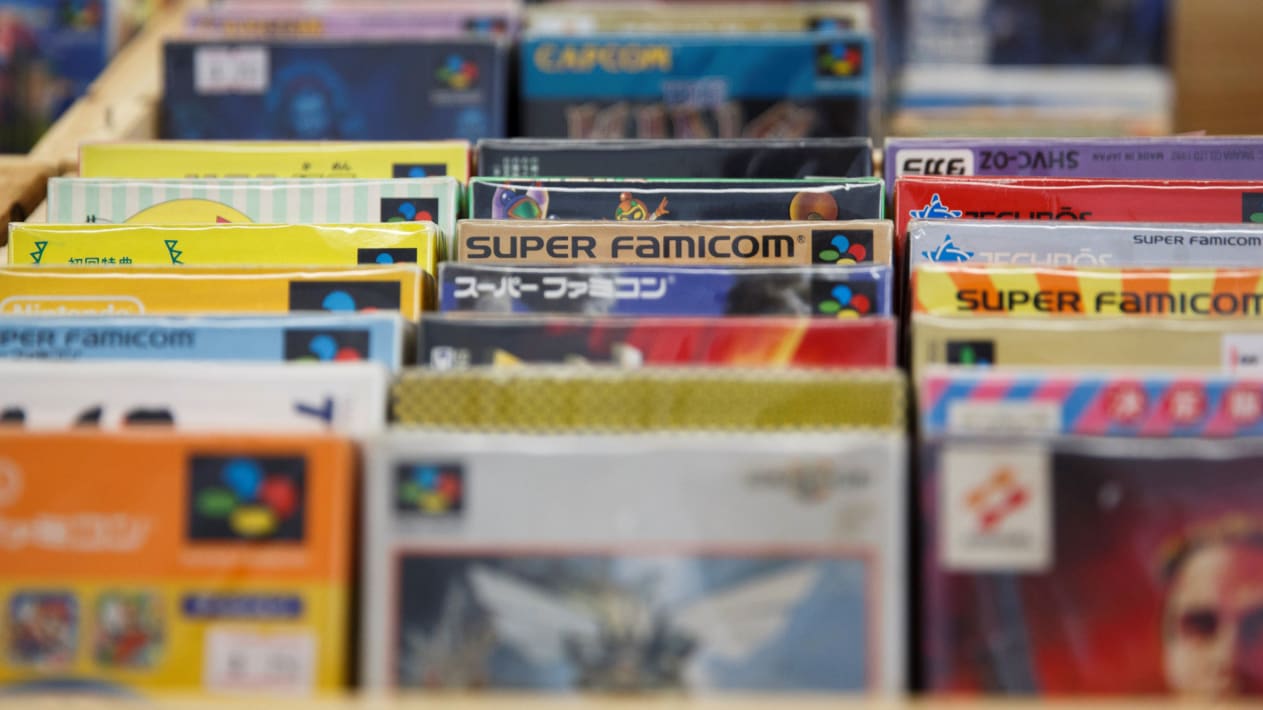When Roberto Dillon started gathering retro computer games over 12 years prior, he scoured sale destinations and associated with specialty gatherings of specialists to store up an individual chronicle that is currently many titles solid. However, at that point, there was an agreement among gatherers that purchasing old games was “a kind of trend,” said the scholastic and game engineer.
Most gatherers were just “nostalgic” for their youth games, Dillon clarified in a video meeting. “There was no thought that games could become ancient rarities of the past that we need to monitor and save.”
However, this has all the earmarks of being evolving. Toward the beginning of August, an unopened duplicate of “Super Mario Bros,” delivered in 1985, set another worldwide best when it sold for $2 million on the collectibles site Rally. Created for the first Nintendo Entertainment System (NES), it was the third vintage title to crush the record for the world’s most costly game in less than a month.
Half a month sooner, a fixed duplicate of “Super Mario 64,” from 1996, turned into the most costly computer game to sell at closeout, bringing $1.5 million. In doing as such, it broke a record set two days earlier by a $870,000 duplicate of 1987’s “The Legend of Zelda.”

A duplicate of “The Legend of Zelda” turned into the most costly computer game when it sold for $870,000 at closeout last month – yet the record represented only two days.
The market for vintage games is quickly advancing, with sell off houses paying heed and game-evaluating administrations, as Wata Games, giving confirmation to the developing business sector. (Wata had given the record-breaking Mario game a close ideal score of 9.8 out of 10, in view of the state of the crate, cartridge, and manual). A specialist thumbs up would now be able to change a yard deal duplicate of “Pokémon” into a speculation worth a huge number of dollars.
The gathering isn’t only Dillon’s side interest, it’s additionally an aspect of his responsibilities. He’s the originator and guardian of Singapore’s James Cook University Museum of Video and Computer Games, which graphs the area’s development through a 400-in number assortment of game memorabilia.
Retro computer games have gotten a sort of current relic, Dillon said – one interweaved with wistfulness, mainstream society, and mechanical history.
“They truly show us how innovation develops with the sorts of tastes that we had years prior in gaming,” he said.
A client purchases recently delivered “Pokemon” games in 1999 in Tokyo.
In any case, not every person who clutched their old Nintendo or Sega titles will be perched on a fortune. Many elements direct the worth of a computer game, from the quantity of units delivered and the locale the game was delivered in, to whether the cartridge comes in its unique box with every one of the manuals flawless.
The “sacred goals” are unopened, recoil wrapped early versions of notorious titles. “On the off chance that you open it, the worth of the game parts,” Dillon clarified.
The development of expert reviewing and characterization has changed the space, making it simpler for purchasers to evaluate the state of their buys. And keeping in mind that game gathering was, previously, a diversion bound to eBay, Reddit, Facebook gatherings, and discussions, premium from high-profile barters houses is helping support costs by opening the market to new authorities, from customary craftsmanship financial backers to comic book and exchanging card lovers.
As indicated by Illiana Bodnar-Horvath, head of advertising at extravagance collectible barker Macey and Sons, premium in retro computer games reflects online financial backers’ developing hunger for “non-customary resources,” like tennis shoes, exchanging cards and non-fungible token (NFTs).
“As of late, we have seen a flood in more varied solicitations from our customers searching for one of a kind and uncommon collectibles,” she said over email, adding: “We accept individuals will consistently put resources into conventional resources like stocks and land, however elective resources are by and large that.”
Maybe than games with restricted creation runs, it is exemplary titles from the most mainstream establishments that draw in the most elevated offers. Dillon said this might be incompletely on the grounds that new authorities are more able to put resources into notable characters that appeal to their feeling of wistfulness, like Mario, Cloud Strife from “Conclusive Fantasy VII” or “Zelda” hero Link.
At Heritage Auctions’ July deal, which created $8.4 million – including the previously mentioned “Super Mario 64” and “Legend of Zelda” deals – Mario titles overwhelmed the top parcels, close by early games from the “Last Fantasy” and “Burial chamber Raider” series.
Be that as it may, the laws of the organic market actually apply. Anyway normal these titles used to be, finding close mint condition duplicates in their unique unopened plastic wrapping and box is another story. What’s more, different elements can help the asking value: The $2 million “Super Mario Bros” NES cartridge, for example, arrived in a unique “hang tab” show box, while the $870,000 “Legend of Zelda” game was an uncommon early creation duplicate.
With the present games industry pushing toward advanced just deals – either by means of outsider stages like Steam or straightforwardly through PlayStation Network and Nintendo Direct – claiming actual games may ultimately turn into a relic of past times.
Be that as it may, game engineers as of now have one eye on the up and coming age of nostalgic financial backers. Some have made computerized gatherers’ versions containing restrictive craftsmanship, soundtracks, or additional items. Others are tidying up their actual contributions: Ubisoft as of late delivered an $800 “Incredible Edition” of the game “Professional killer’s Creed: Origins,” which incorporated a 29-inch-tall pitch sculpture of its principal character, lithographs endorsed by studio craftsmen, and a hand-drawn world guide, among different collectibles. Less than 1,000 adapts were delivered around the world.
As computerized deals become the standard, Dillon imagines these restricted release actual games turning into the following large collectibles. “A long time from now, the present children will have discretionary cashflow and they (will) need to reproduce an assortment of games from when they were youthful … they search for the gatherer’s releases that were dispatched once upon a time, however they didn’t possess.”
However, Dillon will not be selling his games at any point in the near future. “I actually trust that I can pass my assortment to somebody, some place, and that somebody will see the value in it,” he said.

